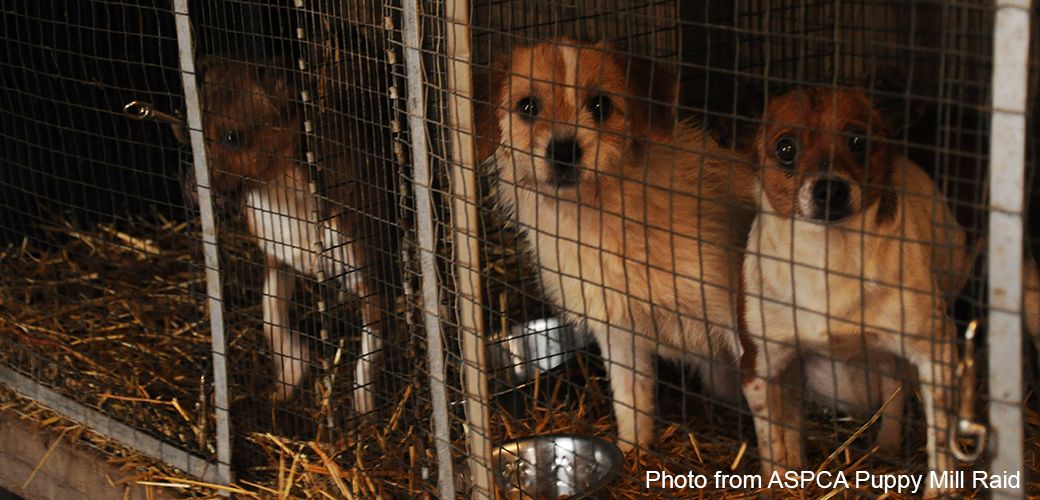
In any event, pets are personal property and, having the legal status of property, bring both freedom and responsibilities of ownership. "Next they are going to tell you how many horses you can have and how many kids." The, J, “Enoch proposed pet, animal ordinance unpopular,” by Elizabeth Miller. One man quoted for the article stated: "This is just the beginning," said Joe Marshall, an Enoch resident. In an article on a proposed two-dog limitation change to an existing Enoch, Utah ordinance, residents (some of whom did not even own dogs) balked at this form of government intrusion. It is evident that the limitation on the number of pets one can own seems to strike at the heart of basic property rights and government control over those rights. The article noted that objections to the restriction came from as far away as Azores Islands off the coast of Africa. Savannah Morning News (electronic version), “Council muzzles dog limit ordinance,” Feb. In 1999 in Rideland, South Carolina, pet owners helped nix a municipal plan to limit pet ownership to only two dogs, after a number of concerned pet owners appeared at the City Council meeting. Some contend that these restrictions affect the legitimate breeding and training of show dogs as well as dog rescue facilities. Pet owners claim that such restrictions do not necessarily have an impact on the control of nuisances or the safety of people, since it only takes one dog to bite and one dog barking may be just as annoying as several dogs. Indeed, recent reports of increased dog bites and maulings have made pet restrictions increasingly more popular. Proponents of pet-number restrictions argue that such measures recognize the inherent rights of property ownership, such as quietude and freedom from nuisance (smells from increased pet excrement, barking, property damage from marauding pets, etc.). More and more municipalities are enacting regulations on the number and type of animals a person can keep on his or her property. In fact, pet restrictions are some of the most common exercises of municipal authority. The regulation of pet ownership by a municipality (a city, town, or other incorporated area) theoretically attempts to reconcile the sometimes conflicting interests of pet owners and property owners.

On the other side of the coin, one may ask what can I do about the noise of the neighbor’s twelve barking dogs? How do we control the smell from the house that has forty-eight cats? Don’t I have a right to protect my property value?Īs the saying goes, there are two sides to every story. How many is too many dogs? Who says how many cats you are allowed to keep? If a person has the space, time, and money to keep many pets, why should he or she be restricted? And, if a person is deemed to own too many pets, who decides when to take them away? What if those pets are like family? Introduction on Ordinances Regulating the Number of Pets Both nuisance regulations and zoning regulations are discussed, as well as the broad police powers municipalities enjoy. It analyzes the relevant cases and provides examples ordinances that limit the number of dogs a person can own. This legal discussion overviews the typical elements in municipal ordinances that restrict the number of pets a person can own.


 0 kommentar(er)
0 kommentar(er)
